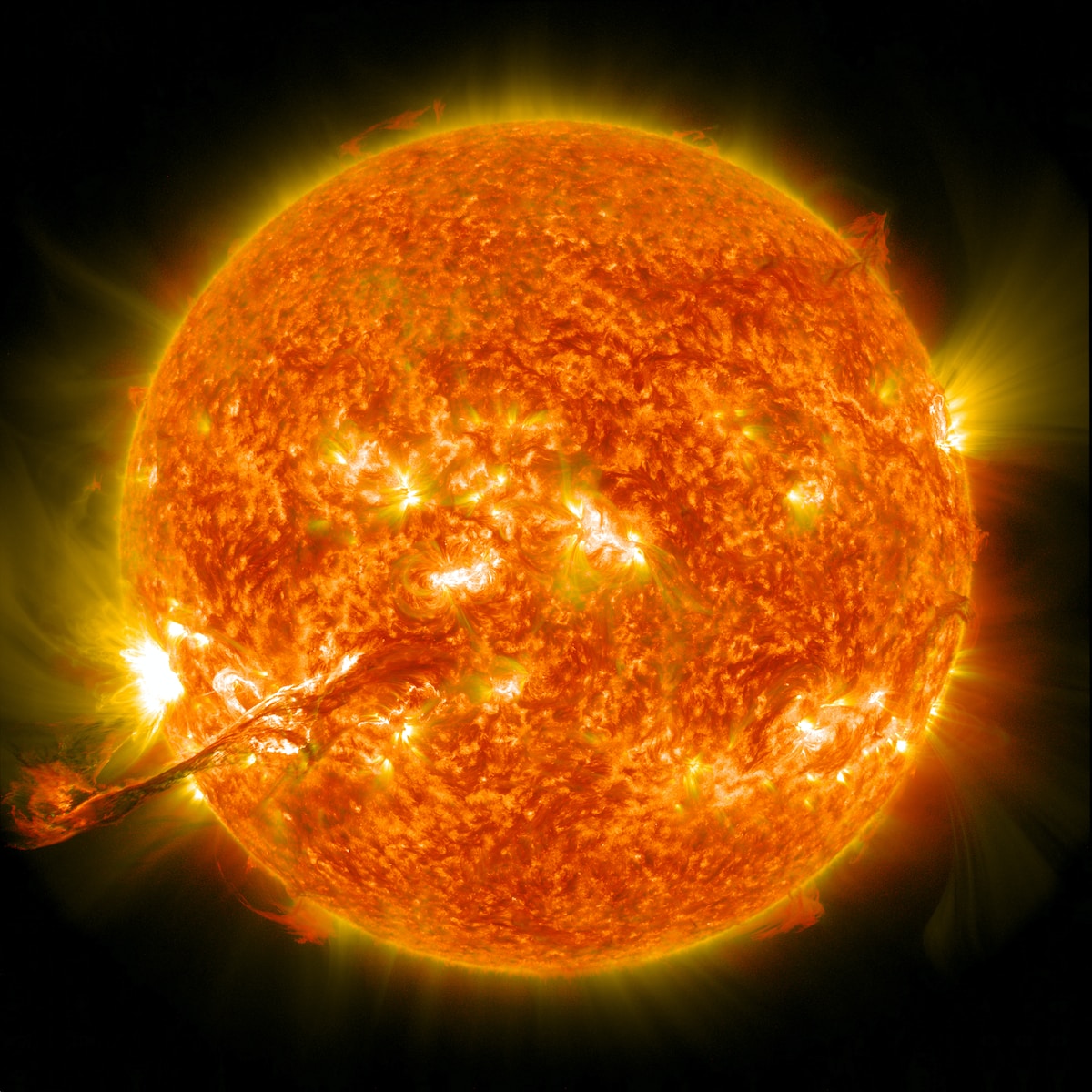India’s space agency, the Indian Space Research Organisation (ISRO), has achieved another milestone with the successful launch of Aditya L1 sun mission, its first-ever mission to study the sun. This comes just ten days after their historic landing of a spacecraft on the moon’s southern side. The Aditya L1 spacecraft was launched from Sriharikota on Saturday, marking a significant step in India’s low-budget but highly successful space program. (India sun mission Aditya L1)
Launching Towards the Sun
Heading for Solar Exploration
The Aditya L1 spacecraft aims to study and analyze various aspects of the sun’s atmosphere. It was launched into orbit aboard a polar satellite launch vehicle rocket from Sriharikota on India’s eastern coast at 11:50 am local time.
Successful Placement in Orbit
According to ISRO, PSLV-C57 accomplished its mission by precisely placing the satellite into its intended orbit. This marks an important achievement for India as it embarks on its first solar observatory project.
Journey to Destination
Aditya L1 will embark on an approximately four-month journey covering a distance of 1.5 million kilometers before settling into a halo orbit around the Lagrange point (L1) within the sun-Earth system. The gravitational forces acting upon it will help stabilize and maintain this position.

Objectives and Payloads
Studying Different Layers of Sun
The Aditya-L1 mission encompasses seven payloads designed to observe and analyze different layers of the sun – including photosphere (deepest layers), chromosphere (400 km-2,100 km above photosphere), and corona (outermost layers).
Understanding Solar Winds
By utilizing electromagnetic, particle, and magnetic field detectors, scientists aim to study solar winds that can cause disturbances on Earth and are often visible as “auroras”. Long-term data gathered from this mission could contribute to a better understanding of the sun’s influence on Earth’s climate patterns.
Continuous Monitoring and Data Transmission
The primary payload, Visible Emission Line Coronagraph (VELC), will continuously capture large amounts of spectral line data. It is expected to transmit 1,440 images every day, allowing scientists worldwide to analyze real-time solar activities and their impact on space weather.
India’s Growing Space Ambitions
International Recognition
Prime Minister Narendra Modi received global recognition and praise during the BRICS summit in South Africa when India became the first country to successfully land a spacecraft on the moon’s southern region. This accomplishment was celebrated as a triumph not only for India but also for humanity as a whole.
Showcasing Prowess at G20 Summit
Coinciding with the upcoming G20 Summit in New Delhi, where world leaders will gather, today’s ambitious launch showcases India’s impressive achievements in its cost-effective space program. With a budget of approximately $74 million (£57.7 million), even cheaper than big-budget Hollywood movies like Gravity and The Martian, India has firmly established itself as an important player within the global space exploration community.
Conclusion
India continues to make significant strides in space exploration with its successful launch of Aditya L1 following their recent lunar landing achievement. The country’s low-budget yet highly efficient approach demonstrates its commitment to scientific advancements while garnering international acclaim. As Aditya L1 embarks on its journey towards studying the sun, it opens new opportunities for research into solar phenomena that can have far-reaching implications for our understanding of both Earth and space.
Learn here to get the latest Technology Industry News.
You can also reach out our social media team by following our pages on Facebook, Instagram and Twitter.


